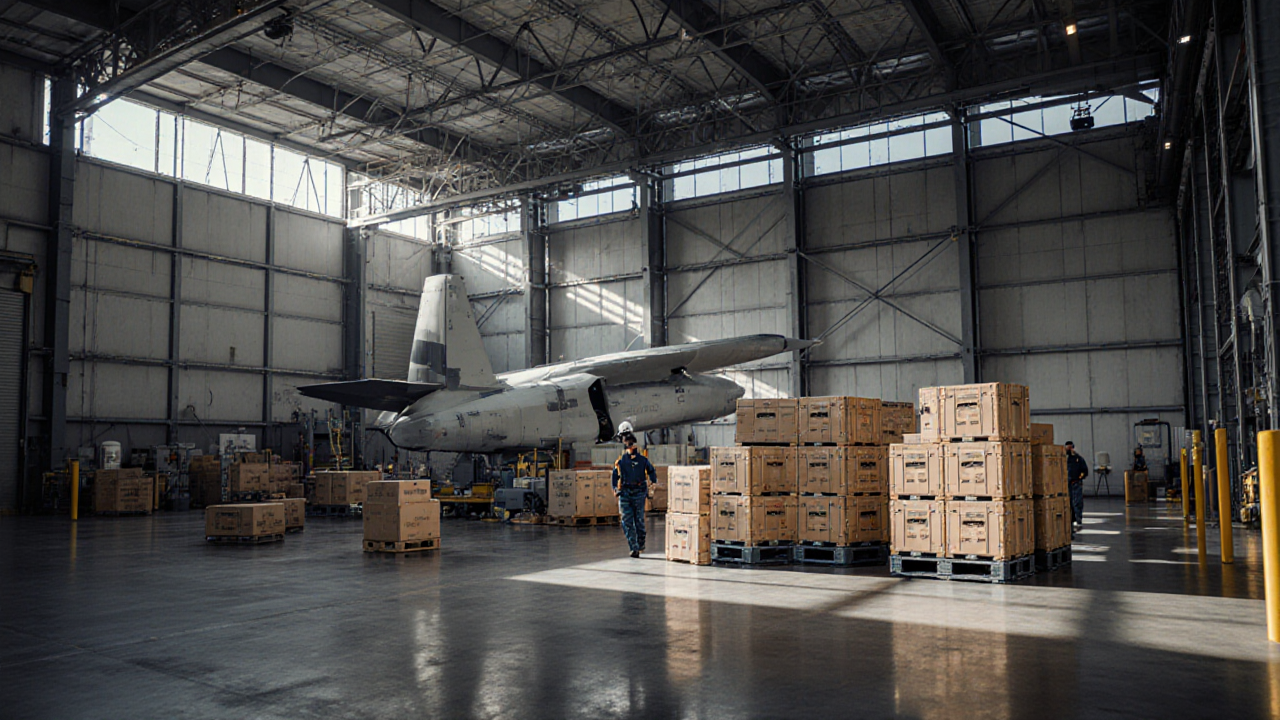
In 2025, the aerospace and defense sector stands at a crossroads, with global pressures, rapid technological evolution, and shifting market demands reshaping the landscape. Regulatory scrutiny is tightening while the need for agility becomes paramount, making it essential for supply chain leaders to grasp these dynamics and adapt quickly. A forward‑looking perspective reveals that the most resilient organizations are those that can translate regulatory requirements into operational strengths, turning potential constraints into competitive advantages. Virtual twins—digital replicas that mirror physical assets and processes—have emerged as a cornerstone of this transformation. By simulating production lines, supply routes, and maintenance schedules in real time, leading logistics providers can identify bottlenecks before they materialize, reduce downtime, and optimize inventory levels. Industry studies show that companies employing virtual twins report a 30% reduction in simulation time and a 25% improvement in resource utilization, underscoring the tangible benefits of this technology.
Equally critical is the development of a future‑ready workforce. Talent shortages in highly specialized fields are a growing concern, but immersive training technologies and digital platforms are enabling rapid upskilling. By integrating virtual reality simulations with data‑driven performance metrics, organizations can accelerate competency acquisition while maintaining stringent safety standards. This approach not only fills skill gaps but also embeds a culture of continuous learning that aligns with long‑term operational excellence.
The integration of advanced technologies—artificial intelligence, automation, and digital twins—requires more than isolated deployments. Successful leaders weave these capabilities into a cohesive ecosystem, ensuring that human expertise and machine intelligence collaborate seamlessly. Predictive analytics powered by AI can forecast demand fluctuations with up to 30% higher accuracy, while dynamic routing algorithms reduce fuel consumption and transit times. When combined with real‑time inventory visibility, these tools create a responsive supply chain capable of adapting to market volatility.
For senior operations leaders, the strategic takeaway is clear: invest in digital twins and AI not as standalone projects but as integral components of a broader resilience strategy. This means aligning technology roadmaps with regulatory compliance frameworks, fostering cross‑functional data sharing, and cultivating an agile workforce ready to leverage new tools. By doing so, supply chains can shift from reactive to proactive, turning every disruption into an opportunity for improvement.
Ultimately, the aerospace and defense industry’s evolution hinges on the ability to harness technology, talent, and regulatory insight in a unified strategy. Those who adopt virtual twins, empower their teams, and embed advanced analytics into everyday operations will not only survive the challenges of 2025 but will also set the benchmark for future excellence.
Loading comments...